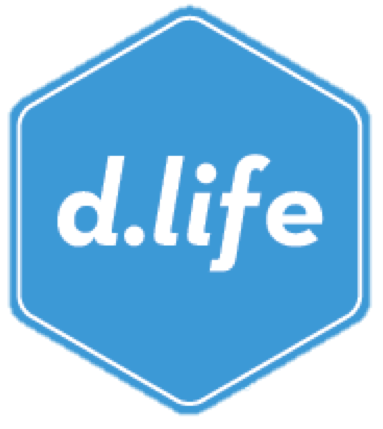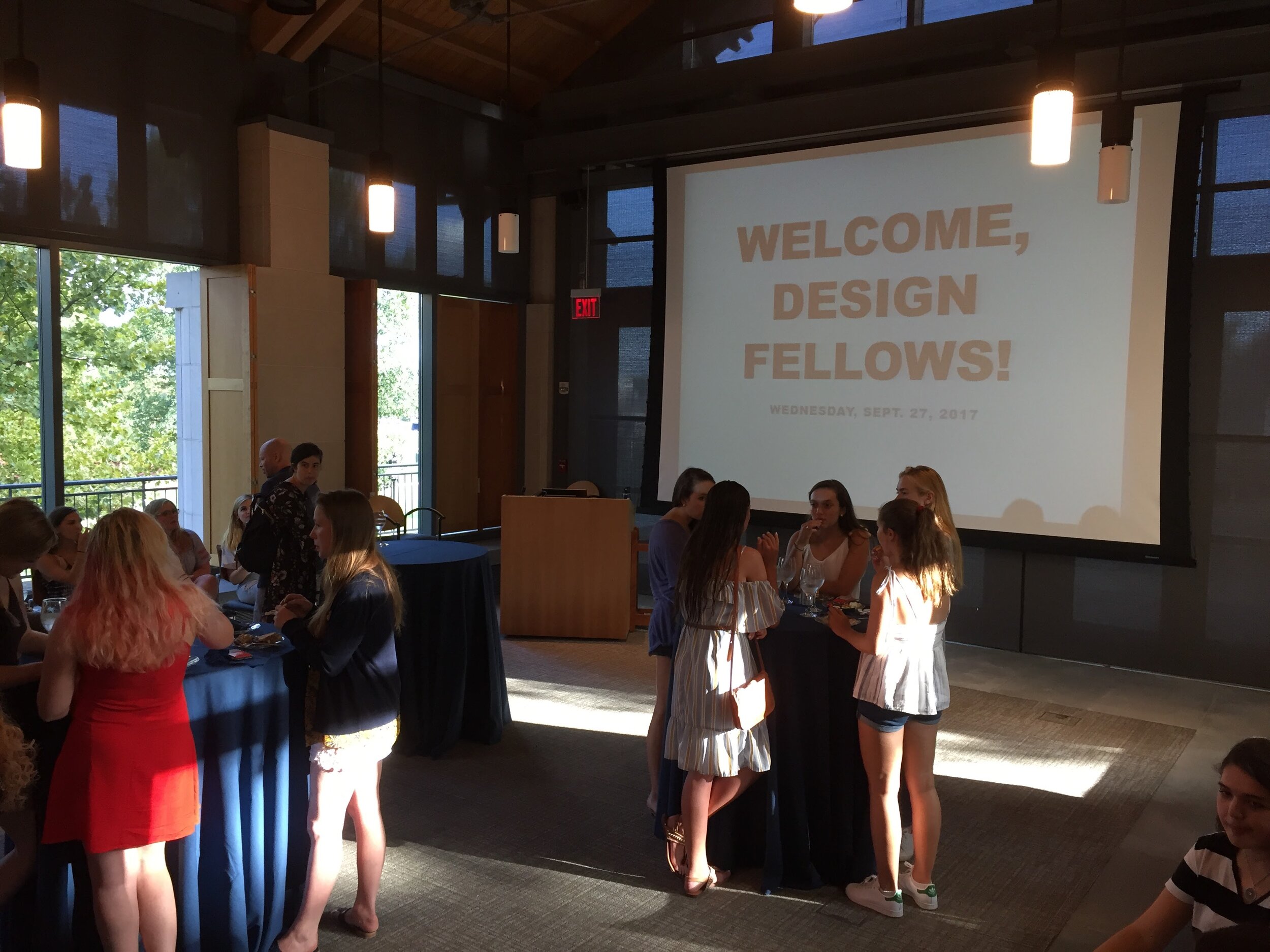Welcome to the Design Fellowship at Trinity College!
How might we work with Admissions to create a DYL program to influence yield/retention?
What population were we serving?
We focused on admitted student in the regular decision phase of admissions. Trinity College has three admissions deadlines: Early Decision 1, Early Decision 2, and Regular Decision. Students admitted to ED1 and ED2 are committed to attending Trinity College in the Fall; however, Regular Decision admits are not. The College looks to yield students from that pool. Our DYL program would serve a selected group of Regular Decision admits yielding them in the next first-year class of students. Once students committed to attending Trinity College, they became the next class of Trinity College Design Fellows.
· Year #1 (Fall 2017 – Spring 2018): Failure…different iteration, but we must discuss failing fast
· Year #2 (Fall 2018 – Spring 2019): Yield 10 students of approximately 100 admitted, 5 Design Fellows
· Year #3 (Fall 2019 – Spring 2020): Yield 28 students of approximately 200 admitted, 20 Design Fellows
What was the context?
Biweekly meetings for 60-75 minutes during Common Hour (Tuesdays, 12:05pm-1:20pm). DYL activities and discussions led by Joseph M. Catrino, Director of Career Development and Special Assistant to the VP for Innovation in ’18-’19. With the growth of the program in ’19-‘20, we added four Life Design interns to mentor and guide the Design Fellows. In ’18-’19, all five fellows attended almost every session while in ’19-’20, we are seeing approximately 16-20 fellows in the sessions.
What did we want to try and learn?
The impetus in creating this program was twofold: yield and retention. The college was interested in addressing a trend it was noticing: some high-achieving students who did not qualify for financial aid deciding to transfer to other colleges. We wanted to be able to yield this population of students that is highly sought after by other colleges, and to retain the student population by creating a like-minded ecosystem for them on campus. The unexpected but very much welcome outcome of this is having mentors of the senior cohort to work with incoming new cohorts.
We really wanted to yield students that we may not typically yield. From there, we wanted to create a first-year program with a focus on retention. The goal is for students to leverage life design to create their own Trinity experience…think Designing Your Trinity. It’s a critical time for first-year students, so we wanted to equip them with design thinking and life design skills for a more meaningful and purposeful first year and beyond. Additionally, in Year #1, we wanted to learn how to better retain sophomores and juniors from a particular segment of the student body. These were high-achieving students, but not deeply engaged on campus. We wanted to bring life design to them, so they could “Design Your Personal Brand”. Long story short, we wanted to learn how the Trinity student body would react to life design and design thinking and how they’d inject that into their lives.
What did we actually try?
Once we launched the fellowship, we tried a number of life design tactics: (1) Introduction to Designing Your Life book and workbook, (2) Brainstorming: mind mapping and interactive brainstorming, (3) 30 Circles, (4) Prototyping, (5) Flow and Managing Your Energy, (6) Marshmallow Challenge, (7) Workview/Workview and Work/Love/Health/Play Dashboards, and many, many more. We structured the trainings in a logical timeline to keep students engaged in the process and for things to build on top of each other in a naturally progressive way.
What did we actually learn?
We learned that the more structured yield/retention tool in Year #2 and Year #3 was a much better experience for all involved. The students in Year #1 were engaged at the College and we didn’t take time to empathize with them and get to know them. Also, marketing matters! The difference in numbers between Year #1 and Year #2 is more purposeful marketing and clearer communication.
Any surprises/challenges?
The biggest surprise is hopefully going to fuel the future of this program. In Years #2 and #3, we were really surprised that students remained engaged with the Fellowship. We were nervous that students wouldn’t come because there were no scholarships or credits tied to their attendance. The fellows enjoyed the content and have been actively using their newly acquired skills. In fact, Year #3 started with meeting every three weeks, but students asked to move it to every other week. We’re making that change in Spring ’20 with hopes to…
Hopes for the future?
…adding an opportunity for students to acquire credit or experiential learning check for being a Design Fellow. We are currently in discussions with Academic Affairs regarding these opportunities. Finally, we’re hoping to grow the program. We’d ideally like to have 25 active design fellows every year.
To learn more, contact Joseph M. Catrino at joseph.catrino@trincoll.edu


